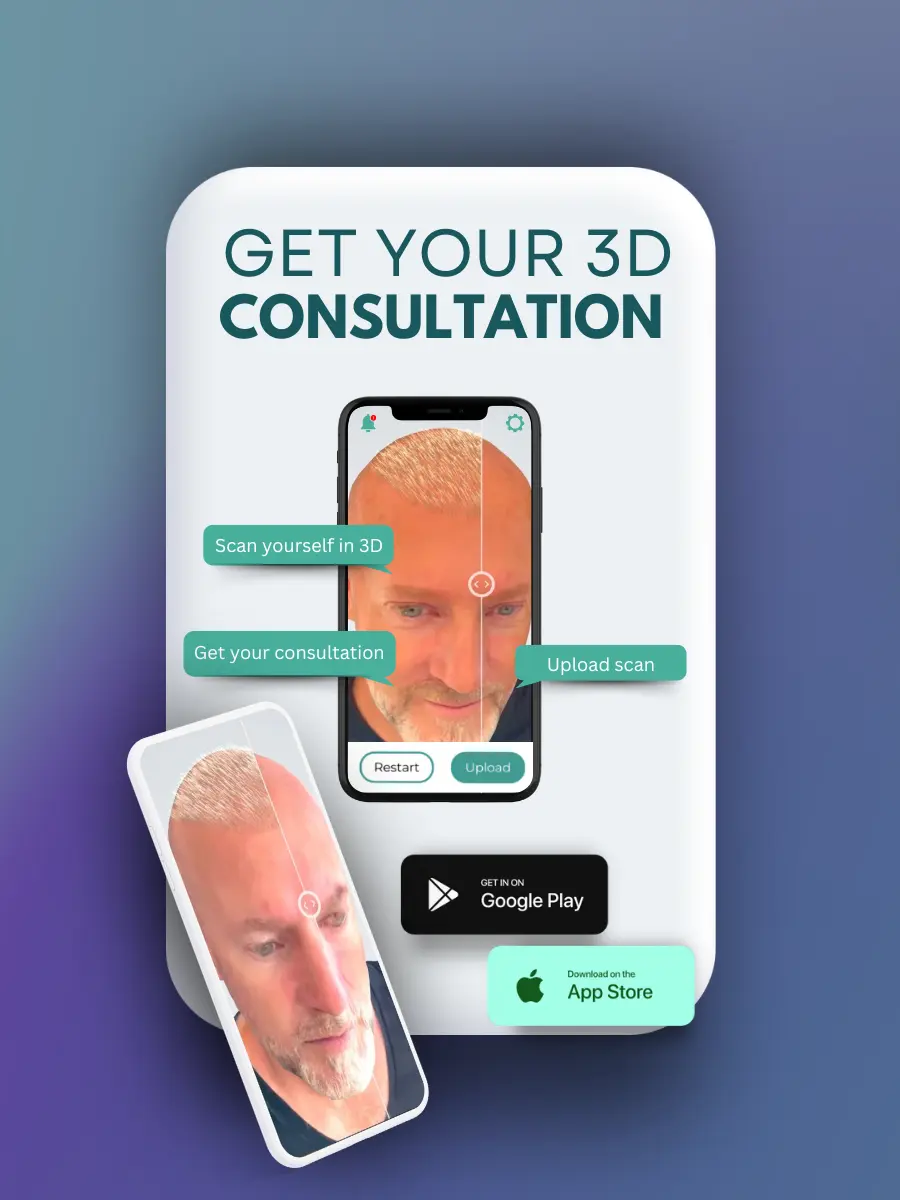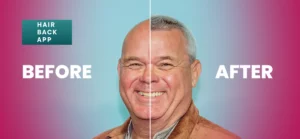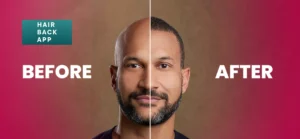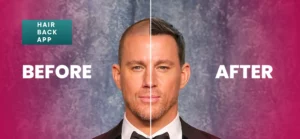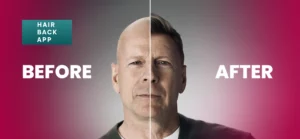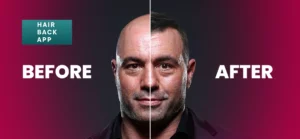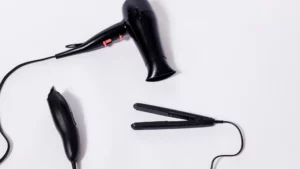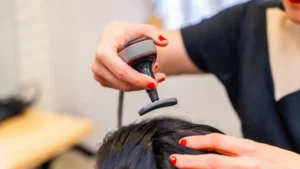Hair loss is a common concern that affects millions of people worldwide, impacting not only physical appearance but also self-esteem and confidence. Over the years, numerous treatments have emerged, ranging from topical solutions to surgical interventions.
However, the quest for an effective and long-lasting remedy has continued. In recent times, the field of hair loss treatment has witnessed groundbreaking advancements, offering hope to those grappling with this issue.
My name is Emma Wright, your resident hair loss and restoration specialist. In this article, we delve into the latest developments in hair loss treatment and explore their potential to revolutionize the way we address this widespread condition.
Before delving into the latest treatments, it’s crucial to understand the underlying causes of hair loss. While genetics play a significant role in female and male pattern baldness, other factors such as hormonal imbalances, medical conditions, stress, and lifestyle choices can also contribute to hair thinning and loss.
Therefore, effective treatment approaches often target multiple aspects of hair health, aiming to stimulate regrowth and prevent further shedding.
4 New Hair Loss Treatments
1. Platelet-Rich Plasma (PRP) Therapy
One of the most promising advancements in hair loss treatment is Platelet-Rich Plasma (PRP) therapy. PRP involves extracting a small sample of the patient’s blood, processing it to concentrate platelets, growth factors, and other beneficial components, and then injecting it into the scalp.
These growth factors are believed to promote hair growth by stimulating dormant hair follicles, increasing blood flow to the scalp, and reducing inflammation. PRP therapy has gained popularity due to its minimally invasive nature and promising results.
Clinical studies have shown that PRP can improve hair density, thickness, and overall scalp health, with many patients experiencing noticeable regrowth within a few months of treatment. Additionally, PRP is relatively safe, as it utilizes the patient’s blood, minimizing the risk of allergic reactions or adverse side effects.
2. Low-Level Laser Therapy (LLLT)
Another cutting-edge approach to hair loss treatment is Low-Level Laser Therapy (LLLT), also known as red light therapy or cold laser therapy. LLLT works by exposing the scalp to low levels of red or near-infrared light, which is thought to stimulate cellular activity, enhance blood circulation, and promote hair growth.
LLLT devices come in various forms, including laser caps, helmets, and combs, making it convenient for patients to undergo treatment at home. Clinical studies have shown that LLLT can be effective in improving hair density and thickness, particularly when used consistently over time.
Moreover, LLLT is non-invasive and painless, making it a viable option for individuals seeking gentle yet effective hair loss treatment.

3. Stem Cell Therapy
Stem cell therapy is a groundbreaking approach that holds immense promise for hair loss treatment. This innovative technique involves harvesting stem cells from the patient’s own body, usually from adipose tissue (fat) or bone marrow, and injecting them into the scalp.
These stem cells have the potential to regenerate damaged tissues, including hair follicles, and stimulate the growth of new hair. While stem cell therapy for hair loss is still in its early stages, preliminary studies and clinical trials have shown encouraging results.
Researchers are exploring various methods to optimize the efficacy of stem cell therapy, including combining it with other treatments such as PRP or microneedling. Although more research is needed to fully understand its long-term effects and optimal protocols, stem cell therapy represents a promising frontier in the field of hair restoration.
4. NeoGraft Hair Transplant
NeoGraft is a state-of-the-art hair transplant procedure that utilizes an automated follicular unit extraction (FUE) technique. This minimally invasive approach involves harvesting individual hair follicles from the donor area using pneumatic pressure, reducing trauma to the scalp and minimizing scarring.
The harvested follicles are then strategically implanted into the recipient area, resulting in natural-looking hair growth with minimal downtime.
NeoGraft offers several advantages over traditional hair transplant methods, including shorter recovery times, reduced discomfort, and the absence of linear scars. It is a versatile option for both men and women seeking permanent hair restoration solutions.
New Hair Loss Treatment for Females
Recent advancements in hair loss treatment have opened up options for women experiencing hair thinning and loss. PRP therapy, Low-Level Laser Therapy, and stem cell therapy are among the emerging treatments that have shown promise for female hair loss.
Consulting with a dermatologist or hair specialist can help determine the most suitable treatment plan based on individual needs and preferences.
Best Hair Loss Treatment for Males
Similar to females, the best hair loss treatment for males depends on various factors such as the cause of hair loss, individual health, and preferences. Minoxidil (Rogaine) and finasteride (Propecia) are FDA-approved medications commonly used to treat male pattern baldness.
Additionally, treatments like PRP therapy, LLLT, and hair transplant surgery are popular options for men seeking to address hair loss. Consulting with a healthcare provider specializing in hair restoration can help determine the most suitable treatment approach.
Conclusion
The landscape of hair loss treatment is rapidly evolving, driven by scientific advancements and technological innovation. From Platelet-Rich Plasma (PRP) therapy to Low-Level Laser Therapy (LLLT) and stem cell therapy, there are now more options available than ever before for individuals seeking to address hair thinning and loss.
While no single treatment may be suitable for everyone, these emerging therapies offer hope and promise for millions of individuals worldwide struggling with hair loss. As research continues and technology advances, the future of hair restoration looks brighter than ever.

